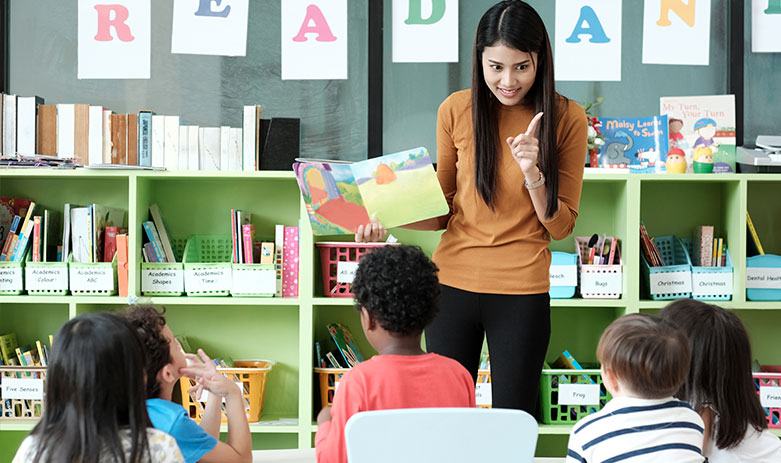Class types
Before heading overseas, you may not be aware of the different types of classes which you could find yourself teaching in. The first thing that comes to mind for most people will be a high school class, similar to what they’ve experienced themselves.
It’s true that high school classes are a large part of the education market, but there are other types of ESL class that serve a range of different students.
Here are some of the most common class types which you’ll come across:

Kindergartens:
Kindergarten classes help students from 4-6 years of age to familiarise themselves with the basics of the English language.
These lessons are usually high-energy and involve lots of games to keep things fun.

Public schools:
These classes serve children with ages ranging from 4-16, who study English as part of their school studies.
Class sizes are usually around 20-35 students and follow a pre-set curriculum.

Cram schools:
These after-school classes are run by private companies to help students raise their grades and prepare for exams.
Class sizes can range from around 20-40 students, but sometimes can be smaller. Larger cram schools may have their own curriculum which you’ll teach.

Universities:
Many university/college students will study English as part of their degree or through extracurricular classes.
Teaching these classes can be especially rewarding, and give a greater degree of flexibility to explore the intricacies of the English language (they also look great on your CV!).

Business classes:
Business English lessons are held for professionals who want to improve their ability to communicate for work purposes.
Sometimes, companies will require employees to take such classes and sponsor their tuition fees to boost their work skills.

Private tuition:
These are one-to-one, or small group classes used to focus on specific aspects of language for a range of goals.
These classes could be held face-to-face though it’s increasingly popular for them to be held online.
Each of these class types requires different teaching approaches. What works well for a weekly business class of adults might not work quite as well with a public class of 30 teenagers.
Good teachers are able to adapt their teaching styles, activities and materials to fit the type of class that they’re teaching. Through this course, we’ll cover these skills, and by the end you’ll be able to plan a suitable lesson for any type of class you walk into.
